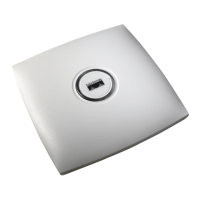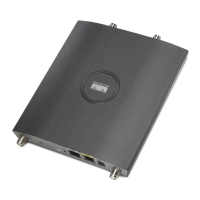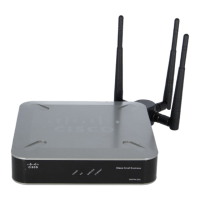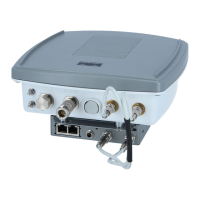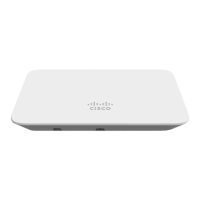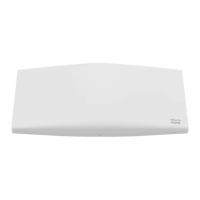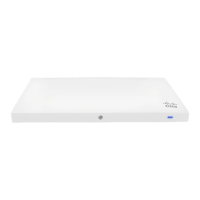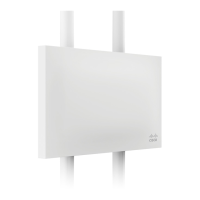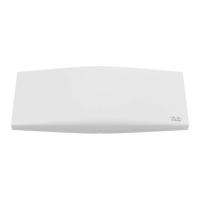Passive Beaconing (Anti-Stranding)
When enabled, passive beaconing allows a stranded mesh access point to broadcast its debug messages
over-the-air using a 802.11b/g radio. A neighboring mesh access point that is listening to the stranded mesh
access point and has a connection to a controller, can pass those messages to the controller over CAPWAP.
Passive beaconing prevents a mesh access point that has no wired connection from being stranded.
Debug logs can also be sent as distress beacons on a nonbackhaul radio so that a neighboring mesh access
point can be dedicated to listen for the beacons.
The following steps are automatically initiated at the controller when a mesh access point loses its connection
to the controller:
• Identifies the MAC address of a stranded mesh access point
• Finds a nearby neighbor that is CAPWAP connected
• Sends commands through remote debug
• Cycles channels to follow the mesh access point
You only have to know the MAC address of the stranded AP to make use of this feature.
A mesh access point is considered stranded if it goes through a lonely timer reboot. When the lonely timer
reboot is triggered, the mesh access point, which is now stranded, enables passive beaconing, the anti-stranding
feature.
This feature can be divided into three parts:
• Strand detection by stranded mesh access point
• Beacons sent out by stranded mesh access point
◦ Latch the 802.11b radio to a channel (1,6,11)
◦ Enable debugs
◦ Broadcast the standard debug messages as distress beacons
◦ Send Latest Crash info file
• Receive beacons (neighboring mesh access point with remote debugging enabled)
Deployed mesh access points constantly look for stranded mesh access points. Periodically, mesh access
points send a list of stranded mesh access points and SNR information to the controller. The controller maintains
a list of the stranded mesh access points within its network.
When the debug mesh astools troubleshoot mac-addr start command is entered, the controller runs through
the list to find the MAC address of the stranded mesh access point.
A message is sent to the best neighbor to start listening to the stranded access point. The listening mesh access
point gets the distress beacons from the stranded mesh access point and sends it to the controller.
Once a mesh access point takes the role of a listener, it does not purge the stranded mesh access point from
its internal list until it stops listening to the stranded mesh access point. While a stranded mesh access point
is being debugged, if a neighbor of that mesh access point reports a better SNR to the controller than the
current listener by some percentage, then the listener of the stranded mesh access point is changed to the new
listener (with better SNR) immediately.
Cisco Mesh Access Points, Design and Deployment Guide, Release 7.3
OL-27593-01 215
Troubleshooting
Passive Beaconing (Anti-Stranding)
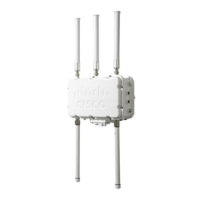
